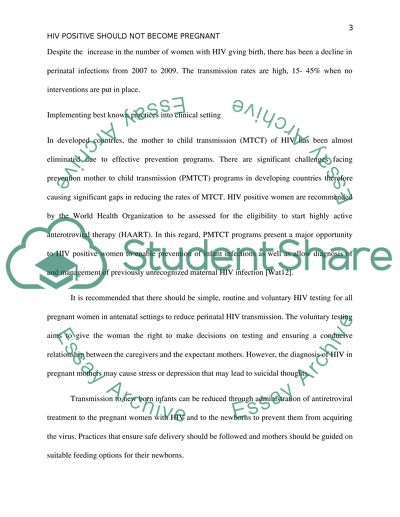Cite this document
(“HIV positive women should not become pregnant Research Paper”, n.d.)
HIV positive women should not become pregnant Research Paper. Retrieved from https://studentshare.org/nursing/1683521-hiv-positive-women-should-not-become-pregnant
HIV positive women should not become pregnant Research Paper. Retrieved from https://studentshare.org/nursing/1683521-hiv-positive-women-should-not-become-pregnant
(HIV Positive Women Should Not Become Pregnant Research Paper)
HIV Positive Women Should Not Become Pregnant Research Paper. https://studentshare.org/nursing/1683521-hiv-positive-women-should-not-become-pregnant.
HIV Positive Women Should Not Become Pregnant Research Paper. https://studentshare.org/nursing/1683521-hiv-positive-women-should-not-become-pregnant.
“HIV Positive Women Should Not Become Pregnant Research Paper”, n.d. https://studentshare.org/nursing/1683521-hiv-positive-women-should-not-become-pregnant.


